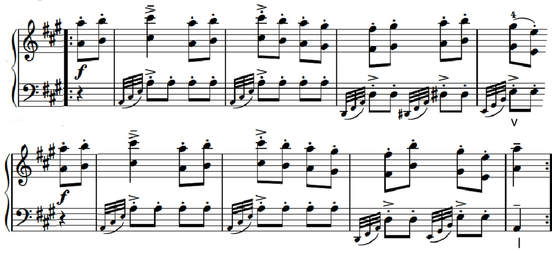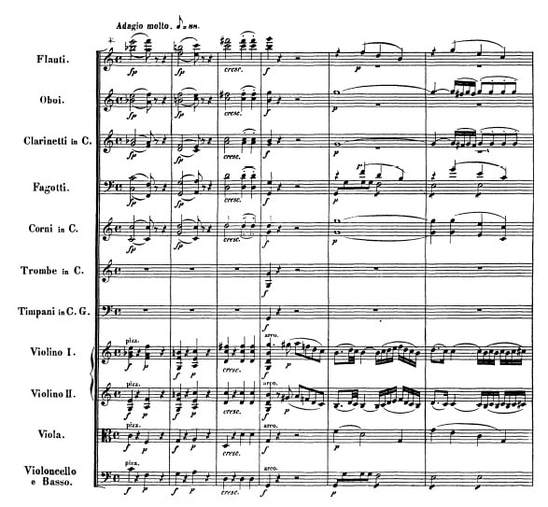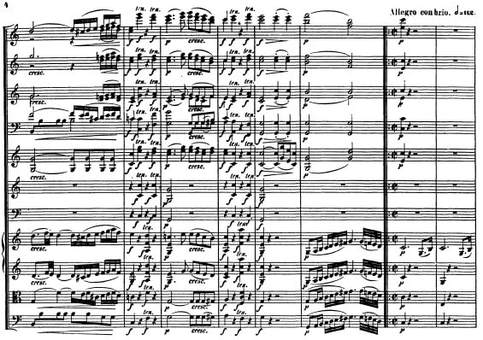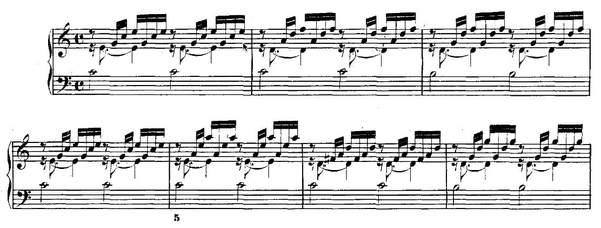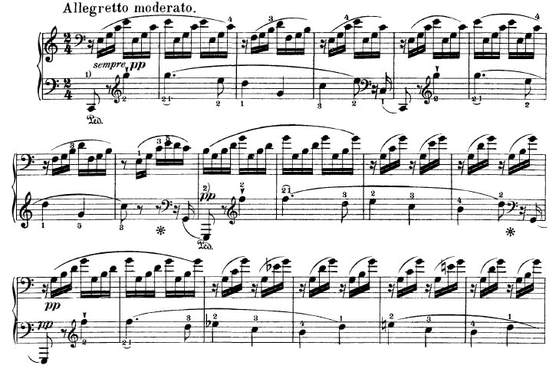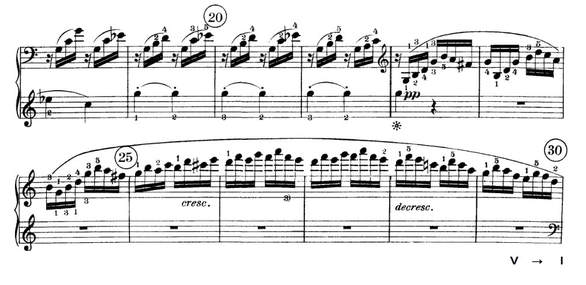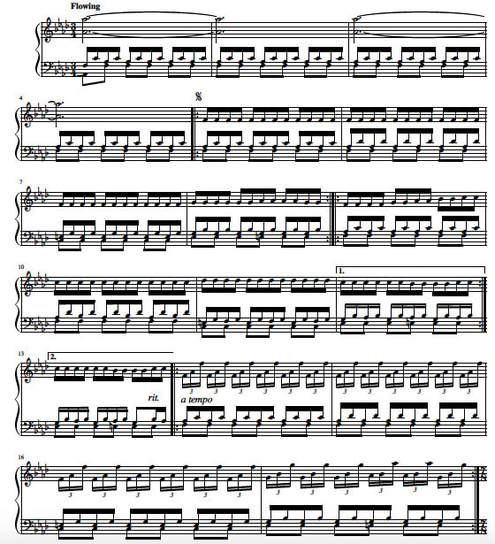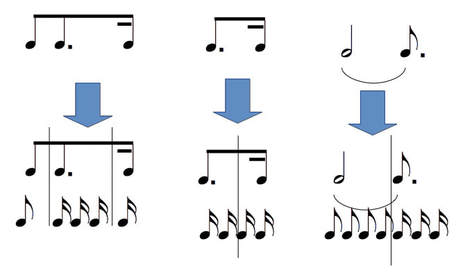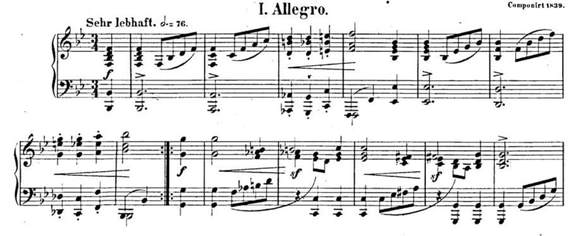UDC: 78.01
781.1/.6
COBISS.SR-ID 258609932
Received: Sept 4, 2017/
Reviewed: Sept 27, 2017/
Accepted: Sept 30, 2017
The Perception and Organization of Time in Music
|
Citation:
Marijan, Maja. 2018. "The Perception and Organization of Time in Music." Accelerando Belgrade Journal of Music and Dance 3:4 |
Abstract
In this article the author approached to musical time as complex phenomena using terms such as absolute and relative time. Author defined time as an objective time of the musical composition and the subjective time as psychological experience. Accordingly, absolute time is organized within the composition – it is objective and defined, thus can be expressed in size by the properties, values and symbols of musical elements, notation and timing. Musical time as the psychological phenomena is relative referring to the organization of time in performer's mind, as well as how the performance is perceived and experienced by listeners. The nature of organization of elements of musical time in the performer's mind lies in the conception of the structure of the temporal organization generated by the performer's subjective expression, knowledge of the musical form, and motor/kinesthetic ability. Furthermore, the idea of the temporal structure also incorporates experience and practice, as well as intuition and aesthetic valuations. Thus, the structure of time is not independent – it interacts and relies upon other structures, building performer's conception of the whole. Author concluded that understanding the time structure in music, i.e. how to recognize its symbols, how to organize it for the performance and while performing, is very important aspect of the musical expertise. Furthermore, in music education the special emphasis has to be laid on the musical time through learning and understanding its symbols, because perception and recognition of temporal structure would deepen student's interpretation and knowledge of the form, and develop expressive and qualitative performance.
Keywords: musical time, mental structures, articulation, tempo, rhythm, meter, temporal organization |
Introduction
Sound is a mechanical energy that is created by vibration of an object. These vibrations, spread through the air, oscillate forming sound waves. A sound is also considered as a pressure wave which creates sound energy (Brownell 1997). How is sound perceived? Hermann von Helmholtz and Georg von Békésy suggested that ears are ingenious device which transform sound waves or mechanical energy into the electrical signals perceived by the brain (Ibid.). However, this electric signal or its original primitive form, a mechanical wave, is not a simple kind of data. The sound wave has many properties such are pitch, timbre, loudness, and timing. Each property can be recognized separately, because it has been shown that these elicit different brain regions (Thaut et al. 2014; Samson 2003; Allen et al. 2017), although tight interactions between these properties exist (Krumhansl et al. 1992).
Perception of sound is a complex neurological, cognitive, and psychological activity (Iakovides et al. 2004). To perceive a sound means to perceive loudness, timbre, pitch, and duration, all at the same time, but also we can follow each property separately (Jerde et al. 2011). All four aspects of sound have an impact on perception, memory, and completeness of the mental image. The completeness of an image of an auditory stimulus depends on our auditory mechanisms and how an auditory stimulus is encoded by our auditory system (McDermott et al 2008). The perception of pitch, loudness, timbre and duration is dependent on many factors: 1) the nature of the sound source and acoustic medium (Frissen et al. 2010), 2) how the sound is moving through the medium and around us, 3) our physical location relative to the sound source, 4) our auditory system, cognitive abilities, attention, and also 5) musical experience (Pantev et al. 1998; Takashi et al. 2001). In this article we will focus on one important element of the sound, the musical time, and explore its structure, organization and perception. I
|
This website is under Attribution-NonCommercial-NoDerivatives 4.0 International (CC BY-NC-ND 4.0)
Belgrade Center for Music and Dance is the publisher of Accelerando: BJMD
Belgrade Center for Music and Dance is the publisher of Accelerando: BJMD


